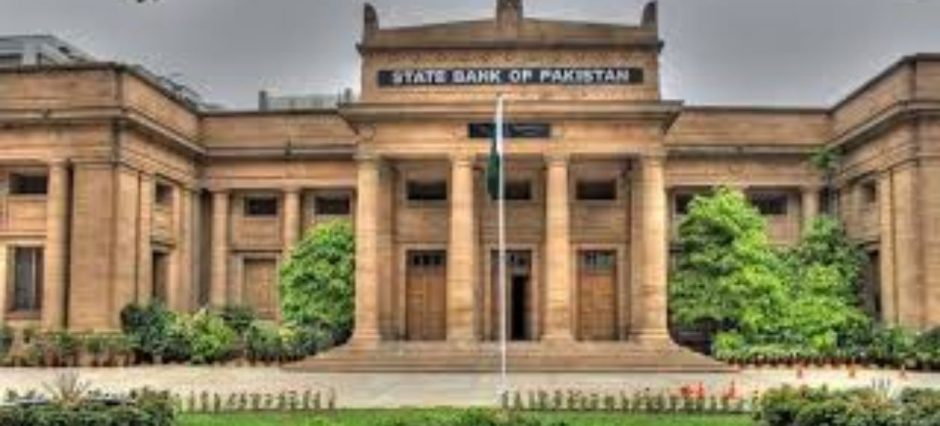The State Bank of Pakistan (SBP) is the central bank of Pakistan. Established in 1956 under the State Bank of Pakistan Act, it plays a crucial role in the country’s financial system. Headquartered in Karachi, SBP is responsible for regulating monetary policy, supervising banks, issuing currency, and ensuring financial stability. This blog provides a clear overview of the State Bank of Pakistan, its functions, governance, and recent updates in 2025.
Introduction to State Bank of Pakistan
The State Bank of Pakistan is the backbone of Pakistan’s financial system. Its primary role is to maintain economic stability and support the growth of the country’s banking and financial sector. SBP formulates and implements policies that affect interest rates, inflation, and currency value.
In addition to monetary control, SBP also manages foreign exchange reserves, promotes banking sector development, and ensures safe digital payment systems. Over the years, it has introduced reforms to modernize Pakistan’s financial infrastructure.
Key Functions of State Bank of Pakistan
The main functions of the State Bank of Pakistan include:
- Issuing Currency: SBP has the sole authority to issue the Pakistani Rupee.
- Monetary Policy Implementation: It sets policy rates, such as the key policy rate, to control inflation and economic growth.
- Bank Supervision: SBP regulates banks to ensure a stable and reliable banking system.
- Managing Foreign Reserves: It maintains foreign currency reserves to stabilize the exchange rate.
- Financial Stability: The bank promotes a strong and resilient financial sector.
- Digital Payments: SBP introduced the Raast system to enable real-time digital transactions across Pakistan.
These functions ensure that Pakistan’s financial system remains robust and can respond to economic challenges effectively.
Governance of State Bank of Pakistan
The State Bank of Pakistan is governed by a Board of Directors, led by the Governor. The board is responsible for major policy decisions and overseeing the bank’s operations. The governance structure also ensures transparency and accountability in all activities.
SBP has several subsidiaries that support its operations, including:
- SBP Banking Services Corporation: Provides administrative and operational support.
- National Institute of Banking & Finance: Offers training programs for banking professionals.
- Deposit Protection Corporation: Protects depositors in case of bank failures.
These subsidiaries strengthen the capacity of SBP to maintain financial stability and improve the banking sector.
Recent Initiatives by State Bank of Pakistan
In 2025, SBP has taken several steps to support Pakistan’s economy. Some key updates include:
- Maintaining the key policy rate at 11% to control inflation while supporting growth.
- Introducing the Raast digital payments system for faster and secure real-time transactions.
- Promoting financial inclusion by encouraging digital banking and mobile payment solutions.
- Supervising banks to ensure adherence to international standards and risk management practices.
These initiatives demonstrate SBP’s commitment to modernizing Pakistan’s financial system and fostering economic growth.
Impact on the Economy
The State Bank of Pakistan plays a critical role in shaping the country’s economy. By controlling monetary policy, it affects interest rates, inflation, and credit availability. The bank’s supervision of financial institutions ensures that banks remain safe and trustworthy.
Moreover, initiatives like the Raast payment system facilitate convenient and secure digital transactions. This contributes to economic efficiency and financial inclusion across urban and rural areas.
FAQs About State Bank of Pakistan
Q1: What is the main purpose of the State Bank of Pakistan?
Its main purpose is to regulate monetary policy, supervise banks, and maintain financial stability.
Q2: Who governs the SBP?
The State Bank of Pakistan is governed by a Board of Directors led by the Governor.
Q3: Where is the headquarters of SBP?
The headquarters of the State Bank of Pakistan is in Karachi.
Q4: What is the Raast system introduced by SBP?
Raast is a digital payments system that allows real-time transactions across Pakistan.
Q5: How does SBP affect inflation and interest rates?
SBP sets the key policy rate, influencing borrowing costs, inflation, and economic growth.
Conclusion
The State Bank of Pakistan is a key institution for the country’s financial stability and economic growth. Through its monetary policies, supervision of banks, currency issuance, and digital payment initiatives, SBP ensures a strong and reliable financial system.
With initiatives like maintaining the policy rate at 11% and introducing the Raast system, the State Bank of Pakistan continues to modernize Pakistan’s banking and financial sector. Understanding SBP’s functions and governance is essential for anyone interested in Pakistan’s economy.










